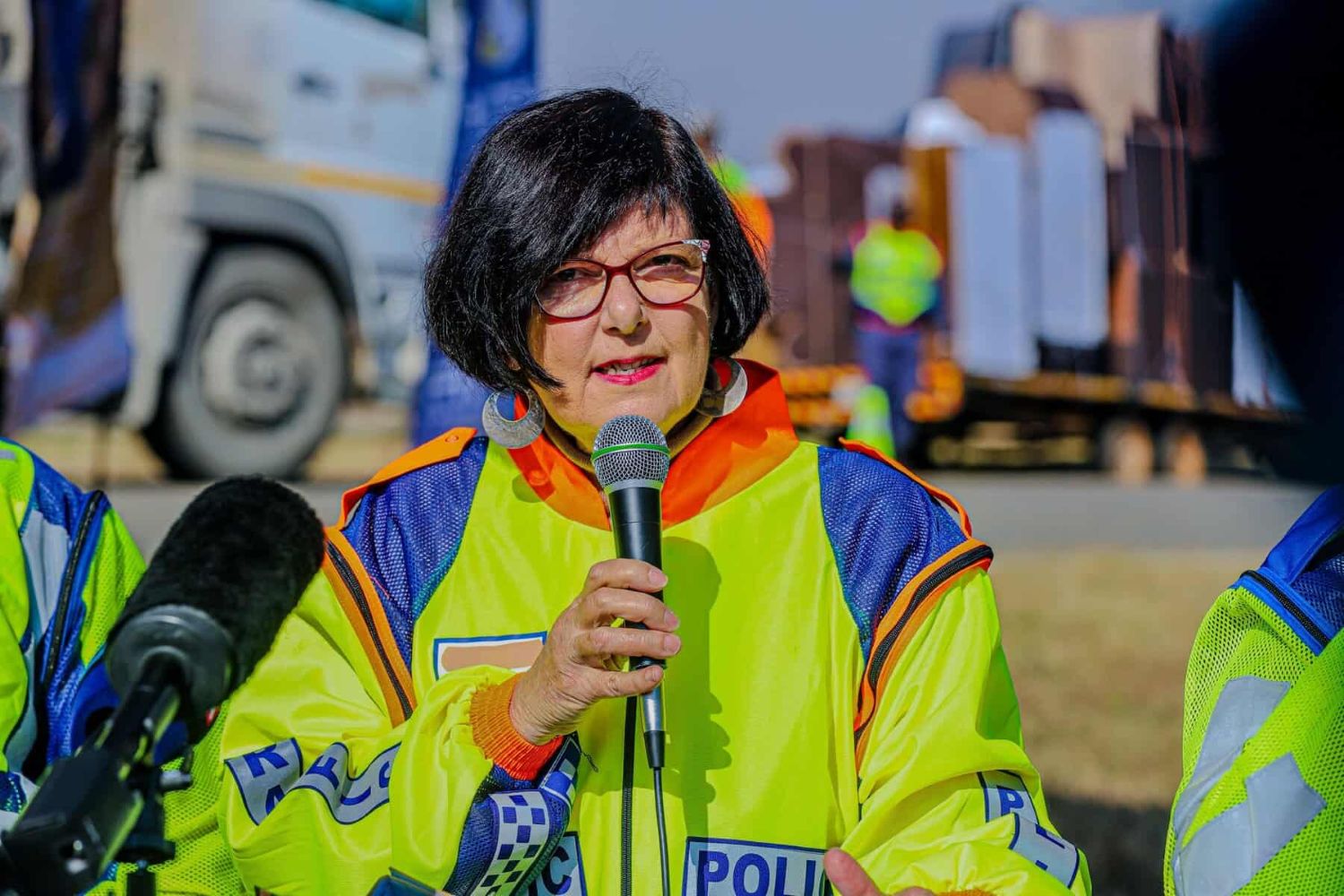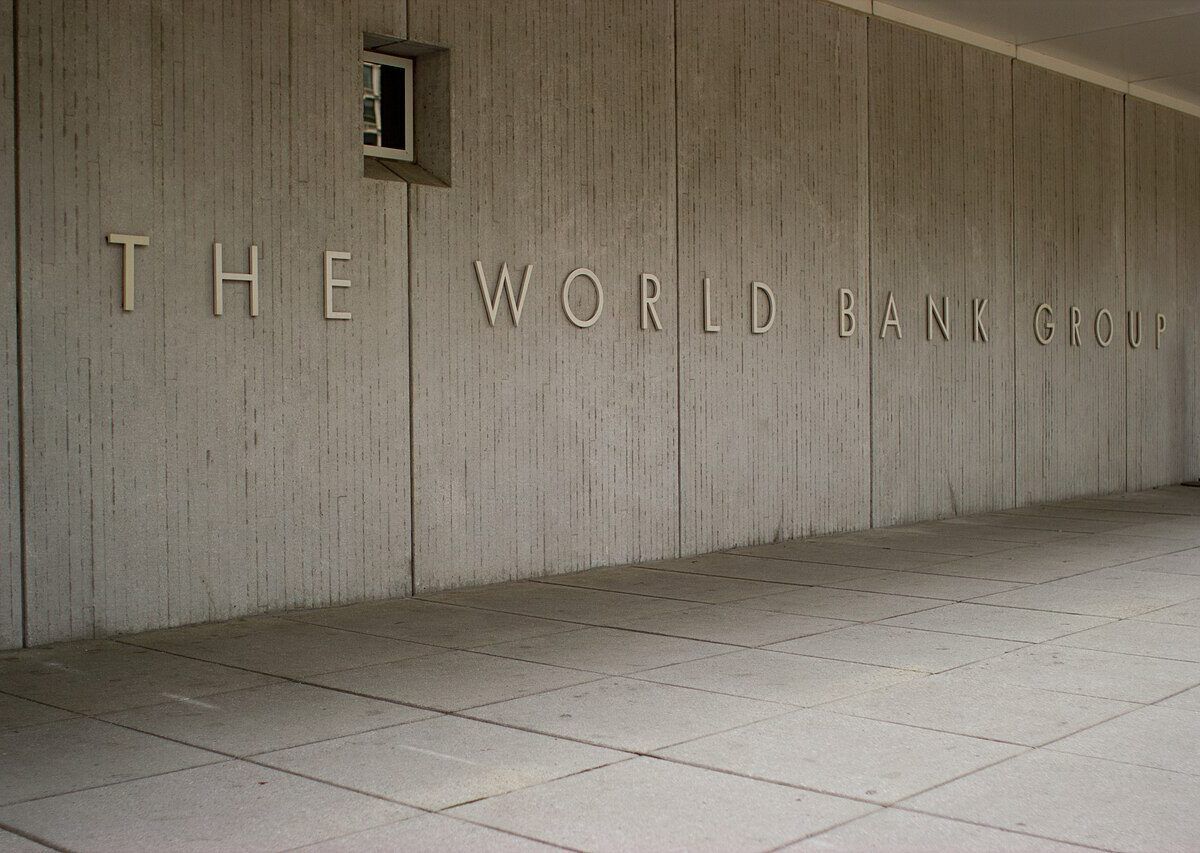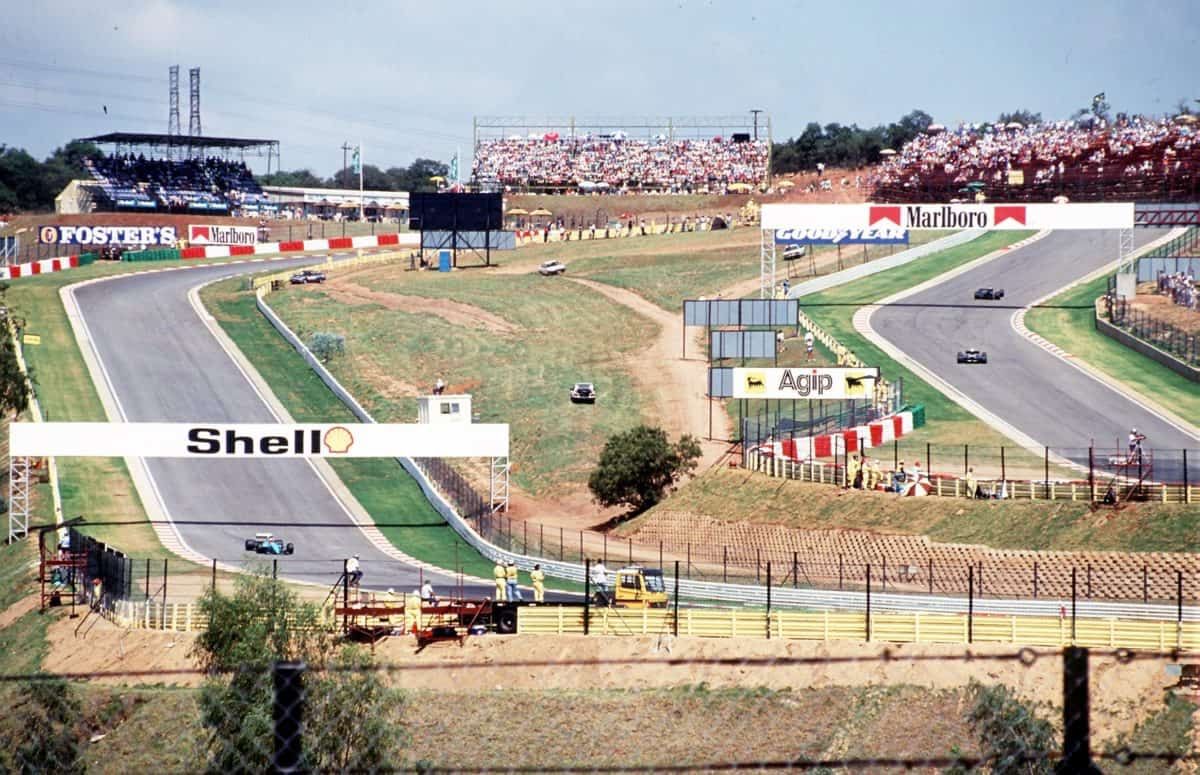After almost a year as minister of transport, Barbara Creecy says her department is ready to tackle the challenges it faces.
Transport minister Barbara Creecy has big hopes for the department’s big plans to get reforms going that will get South Africa back on track and grow the economy.
Speaking at a PSG Think Big webinar, Creecy says South Africa’s transport and logistics sector has long been recognised as a key obstacle to economic growth but promised that change is underway.
She was discussing the future of South Africa’s transport infrastructure and the role it plays in the country’s economic recovery.
Creecy says she spent the past 12 months in her role getting to grips with one of the most complex portfolios in government, overseeing 16 entities ranging from Transnet and the Passenger Rail Agency of South Africa (Prasa) to the Airports Company South Africa (Acsa) and the Road Accident Fund (RAF).
ALSO READ: New minister of transport’s five targets a clear and encouraging vision
Transport department’s six targets for next 5 years
To bring direction to this massive brief, Creecy and her department outlined six key targets to guide her current five-year term, including:
- Increasing freight volumes on Transnet’s rail system from 149 million tonnes to 250 million tonnes per year
- restoring passenger journeys on Prasa to 600 million per year by 2030 (up from 77 million)
- boosting port productivity to the international benchmark of 30 gross crane moves per hour
- expanding Acsa’s passenger footprint to 42 million and tripling air freight volumes to 1.2 million tonnes per year, and
- reduce road accidents and fatalities by 50%.
“We are making progress. It is hard work and it is very slow, but so far this year we managed to get the accident rate down by 9% and therefore, I am hopeful that this target is achievable by 2030.”
ALSO READ: Government delivers R51 billion support to Transnet. Will it last?
Transnet’s poor financials thorn in transport department’s side
Despite signs of improvement, Creecy acknowledges that Transnet’s poor financials remain a major concern.
Moody’s recently placed most of its ratings on review for downgrade, and therefore, government applied for an infrastructure injection via Treasury’s budget facility, while also pursuing a broader programme of structural reform.
“There is a broader process of rail reform that is taking place in our country. In December and January this year, we issued a network statement that called for third-party participation in our freight sector. It is the first time this has ever happened in our country.”
This reform is focused on repositioning Transnet as a state-owned infrastructure provider, allowing third-party freight operators to use the network. Creecy says Transnet Freight will still exist, but it will earn revenue from different freight operators operating on its network.
She says private sector interest has been strong and her department was overwhelmed by the appetite. A recent RFI process attracted 11 000 site visits and 163 submissions. However, responsiveness will be critical given past failures in the procurement process.
“We have seen situations where the market did not find proposals put out by state-owned entities appetising and interesting.”
Creecy makes it clear that this new approach to reform would be based on tight rules and governance and adds that B-BBEE, financial viability and ensuring projects reach financial close without overburdening the state will all be key to structuring future requests for proposals.
ALSO READ: Outa calls for no fines during driver’s licence backlog
Time is not on the transport department’s side
Given that South Africa is 20 years behind its global peers in rail reform, Creecy admits that time is not on government’s side.
“Right now, we must invest in the region of about R15 to R20 billion a year into the network if we want it to function effectively and if we want to be able to increase the number of train slots.”
However, she says, the long-term potential still remains promising.
The National Rail Master Plan, expected later this year, will outline a vision for modernising South Africa’s rail network, including upgrades from the outdated Cape Gauge system and digitisation of controls.
While this vision unfolds, Creecy says short-term gains are pursued in partnership with business and points out that this has already led to recent successes on the manganese line and she hopes to replicate them on the coal line this year.
She also stresses the need to align transport reforms with South Africa’s industrial strategy.
Creecy says that beyond local gains, South African transport expertise could become a future export.
“This revitalisation of rail is something that other countries in the subcontinent are already involved in.
“It is very important that we have that long-term perspective about where we would want to go with the future of the entity and the way it could support broader economic development in our country.”














